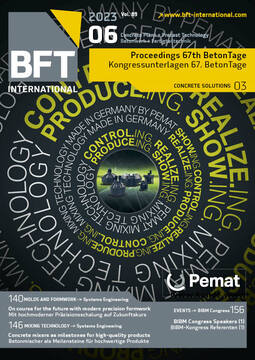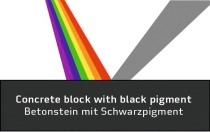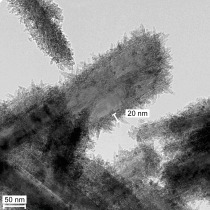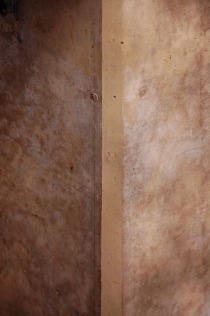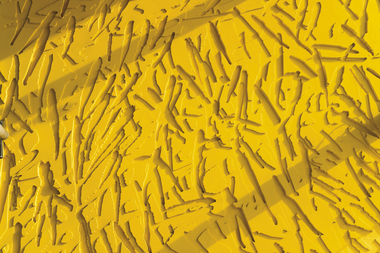Coloring of fair-faced concrete – Influence of raw materials, concrete technology and compaction
Fair-faced concrete construction is an irreplaceable stylistic device, in particular, for the design of prestigious building structures made of concrete.
Despite the growing variety of possibilities for implementing design, such as colored textured architectural precast concrete elements, many planners and clients still prefer smooth fair-faced concrete surfaces with a consistent light coloration. However, in construction practice, undesirable effects occur frequently such as color deviations due to fluctuating
properties of raw materials and varying w/c-ratios or hydration times. Taking into consideration that fair-faced concrete structures are also subject to several increasing environmental requirements and consequently, concrete compositions and conditions of workability become more demanding. At present, only little-known appropriate methods exist to quantify the influence on the surface characteristics resulting from fluctuations in the availability and the properties of basic materials as well as fluctuations in production processes.
Initially, a model was developed as part of various projects to allow quantifying the influence of color properties of the raw materials
on the coloring of fair-faced concrete on a laboratory scale. This not only allows
a purposeful preliminary planning of the color properties of demanding fair-faced concrete structures, but rather is of central importance for securing
consistent surface characteristics in case of fluctuating availability of individual concrete raw materials. However, the surface characteristics of the concrete are also affected by influences resulting from the production process and here in particular, by interactions of the intensity and the timing of concrete compaction with formwork stiffness. Within a research project in cooperation of Leibniz University Hannover and the German Concrete and Construction Technology Association (Deutscher Beton- und Bautechnik-Verein E.V.) funded by the German Federation of Industrial Research Associations (Arbeitsgemeinschaft industrieller Forschungsvereinigungen), a test setup was developed which allows selectively varying the conditions of compaction (amplitude, frequency, timing). The ongoing investigations indicate a dependence of dark discolorations on the vibration intensity, the stiffness of the formwork and the setting behavior of the concrete in multi-layered structural elements.





